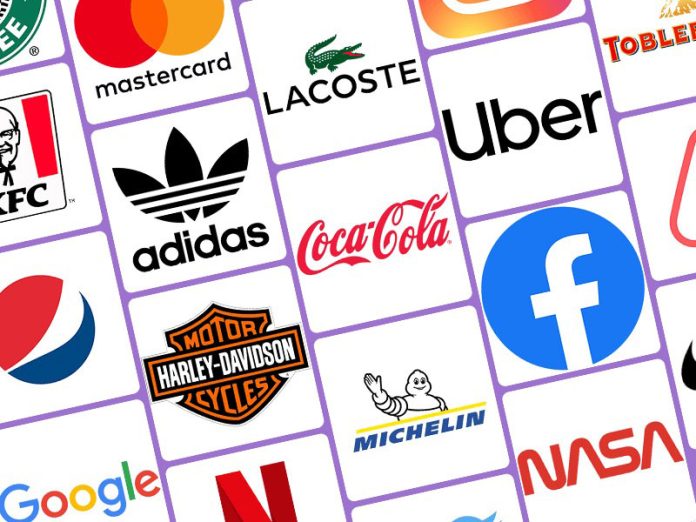In the dynamic world of branding and marketing, companies often find themselves faced with the decision to change their iconic logos. These visual representations of a brand’s identity hold immense power and influence over consumer perceptions. While it may seem counterintuitive to alter a well-established logo, there are several compelling reasons why companies choose to embark on the journey of logo redesign.
The Whys
- The changing landscape of consumer preferences and market trends plays a significant role. As society evolves, so do aesthetic preferences and design sensibilities. Companies must stay relevant and resonate with their target audience. Updating a logo allows them to align with current design trends, ensuring that their brand remains visually appealing and engaging to consumers. A fresh, modern logo can serve as a reflection of a company’s forward-thinking and innovative nature.
- Another driving force behind logo changes is adapting to shifting brand identity. As businesses grow and expand, their values, missions, and target demographics may also evolve. A logo that once accurately represented the brand’s identity may no longer capture its essence. Companies may opt for a logo redesign to communicate a new brand narrative, convey a revised positioning, or appeal to a different audience segment. A logo should be a visual manifestation of a brand’s personality and values, and if those aspects undergo significant transformation, a logo change becomes necessary.
- Logo changes can be prompted by the need for a brand to overcome negative associations or to distance itself from past controversies. A redesigned logo can symbolize a fresh start, representing a commitment to growth and improvement. It allows a brand to shed outdated or negative connotations and present itself in a new light. By rebranding, companies can signal their commitment to change, rebuilding trust, and reconnecting with consumers.
- The evolving digital landscape and the rise of online platforms have influenced logo design. Logos must be versatile and adaptable to different digital mediums and screen sizes. A logo that works well on physical products or traditional marketing materials may not translate effectively to digital platforms. Companies may update their logos to ensure optimal visibility and recognition across various digital channels, including websites, social media, and mobile applications.
While changing an iconic logo can be a bold move, companies understand that the world of branding is ever-evolving. They recognize the importance of staying relevant, appealing to their target audience, and reflecting their evolving brand identity. When executed thoughtfully and strategically, a logo redesign can breathe new life into a brand, capturing attention, sparking curiosity, and ultimately enhancing brand perception.
However, companies must approach logo changes with caution. Maintaining a balance between evolution and brand consistency is essential, ensuring that the new logo retains recognizable elements or carries forward the core essence of the original design. A successful logo redesign respects the brand’s heritage while embracing the need for adaptation.
Conclusion
The decision to change an iconic logo arises from a combination of factors, including shifting design trends, evolving brand identity, the desire to overcome negative associations, and the need for digital adaptability. Companies must carefully evaluate these considerations and embark on a logo redesign journey with a clear strategy in mind. When executed thoughtfully, a logo change can revitalize a brand, enhance consumer connection, and position the company for continued success in a rapidly changing marketplace.

